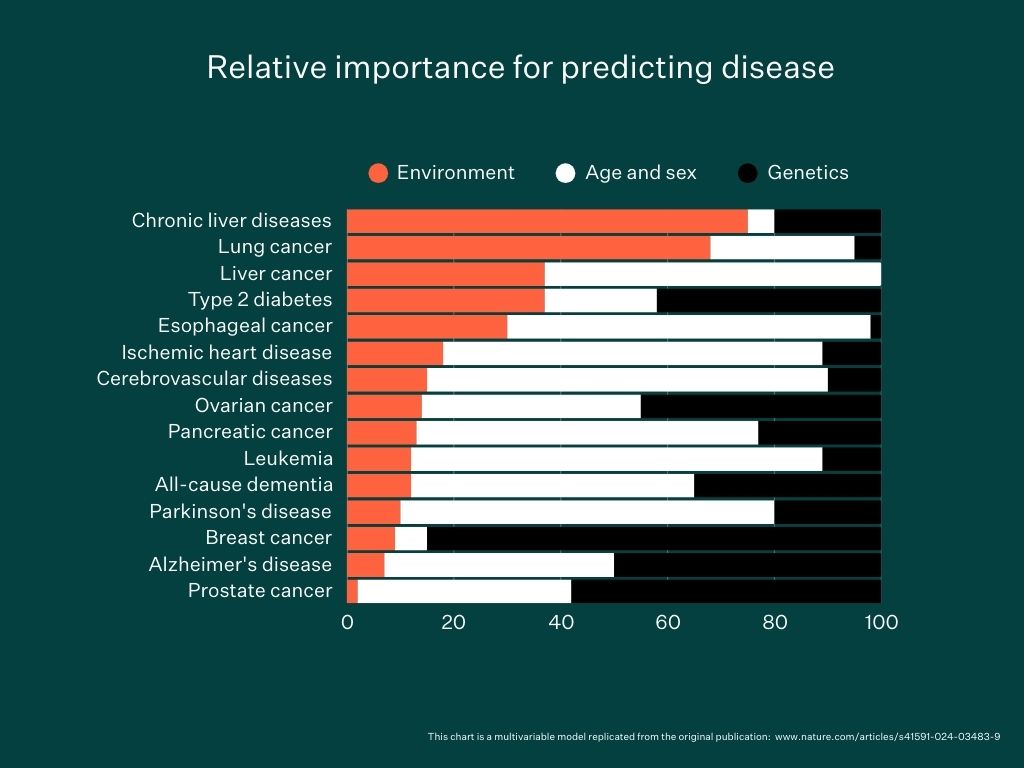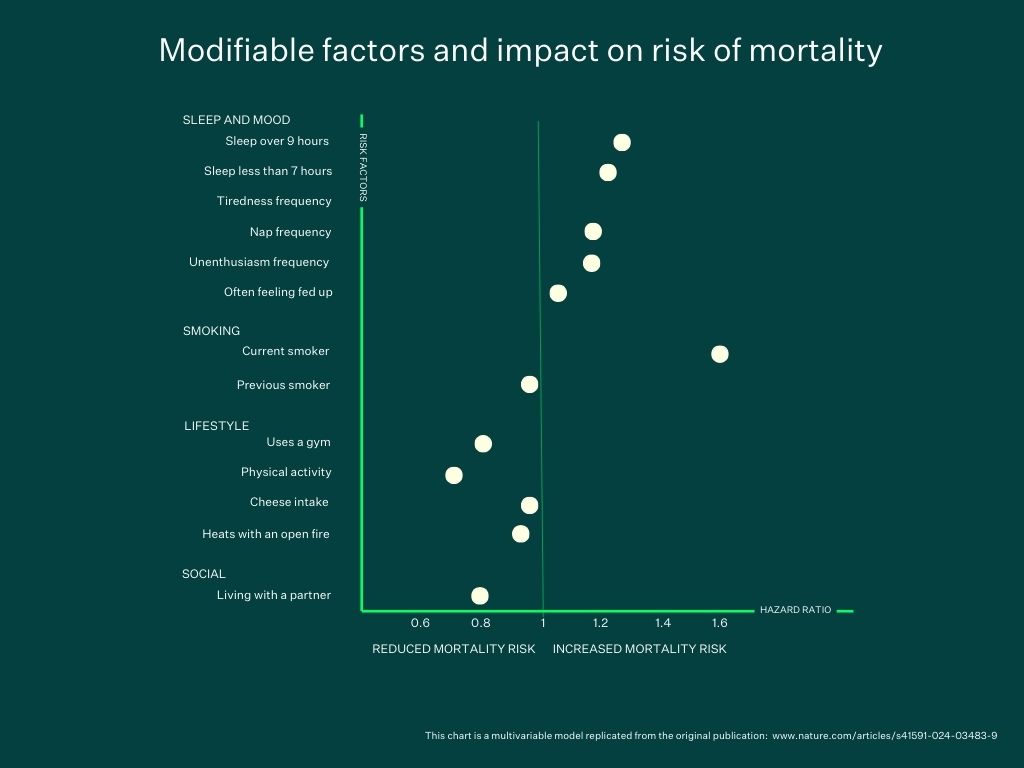It’s well known that regular physical activity reduces the risk of premature mortality, but a new study highlights the powerful influence of social connection. In fact, your classes might be one of the most effective health interventions available.
Researchers examined a wide range of environmental and genetic factors that affect ageing, disease risk, and mortality. Drawing on data from a biomedical database of over half a million people, they found that strong social connections significantly lower the risk of mortality. Other lifestyle factors – such as regular physical activity, going to the gym, and living with a partner – were also associated with improved longevity.
These findings highlight the importance of the community element in group training.
Those who have a gym membership are 14 times more active than those who don't.
Bryce Hastings, Les Mills Head of Research, says this is great insight for helping you shape a lifestyle that keeps you in good health for longer: “It highlights the holistic benefits associated with training in a gym setting.”
Most notably, a far greater propensity to exercise – those who have a gym membership – are 14 times more active than those who don't.
“When you exercise alongside others, it really is a triple defence against disease,” adds Bryce. “You get all the physiological benefits of exercise, the social connection, and mental health and wellbeing enhancements … All key factors that contribute to a longer, healthier life.”
The fascinating link between social connection and physical health
When people are socially isolated, they tend to have greater levels of cellular inflammation and poorer immune responses. This could be why loneliness is a known risk factor for early death.
An earlier analysis of 148 studies involving 300,000 people found that loneliness is associated with a 50% increase in mortality from any cause. Being lonely is linked to a 29% increase in heart disease risk, a 32% increase in stroke risk, plus a 50% increased risk of dementia in older adults. Lack of social connection may also increase susceptibility to viruses and respiratory illness. Basically, whatever ailment an individual may be suffering, loneliness can make the suffering worse and recovery harder.

The loneliness epidemic
Despite technology making it easier than ever to forge connections, loneliness and isolation represent profound threats to our health and wellbeing. We’re currently seeing unprecedented levels of isolation and loneliness, with younger generations spending 70% less time with friends than we did a decade ago.
Experts have expressed alarm about the devastating impact, calling loneliness out as being just as deadly as smoking and potentially more dangerous than COVID, cancer and heart disease. In a 2023 report, United States Surgeon General Dr. Vivek Murthy said the impact of loneliness is similar to that of smoking up to 15 cigarettes a day.
A year earlier, researchers asked people how close they felt to others emotionally. Just 39% of adults in the United States said they felt very connected to others; in France the number was 34%; in Brazil the number plummeted to a shocking 23%. Research shows approximately half of US adults are experiencing loneliness, and some of the highest loneliness rates are among young adults. One study shows loneliness rates among young people escalated every year between 1976 and 2019. Young adults are now almost twice as likely to report feeling lonely than those aged over 65. Almost two-thirds of college students report feeling lonely, a striking statistic considering these young people spend time in vibrant campus environments and often live in dorms with others.

Stress reduction
Group exercise presents a powerful intervention to combat loneliness by fostering social connection and a sense of belonging. Teaching classes to others can create opportunities for meaningful interactions, shared goals, and a supportive community, all of which contribute to improved mental wellbeing.
A study published in the Journal of the American Osteopathic Association (2017) found that individuals who participated in group training reported a 26% reduction in stress levels, another environmental factor cited in the study as being linked to mortality risk.
The good news
The good news is that you are already driving change. Evidence shows that each class you teach is a powerful intervention for anyone suffering loneliness. What this study highlights is the importance of the social connections forged, not just for participants, but also for you.
That pre-class chatter is a great way for people to communicate and connect, especially if they’re working all day at home. It also highlights the importance of personal friendships within the class and gives people the chance to work as a team.
In addition, we know that training in a group works wonders for motivation and those who train alongside others are highly likely to stick with their habits.
Other research shows those who do group workouts score significantly higher in terms of stress-reduction, as well as physical, mental, and emotional quality of life.
“Recent trends suggest that a main objective of working out is stress relief and feeling better mentally,” says Bryce. “Combining the mental wellness benefits we get from exercise with social connection greatly enhances this effect.”
You might also like ...








